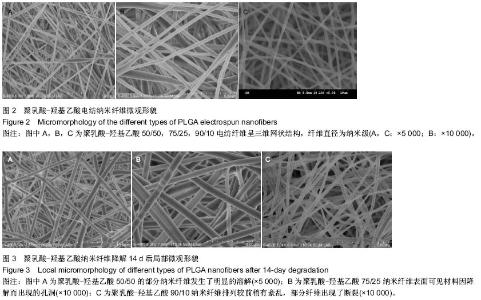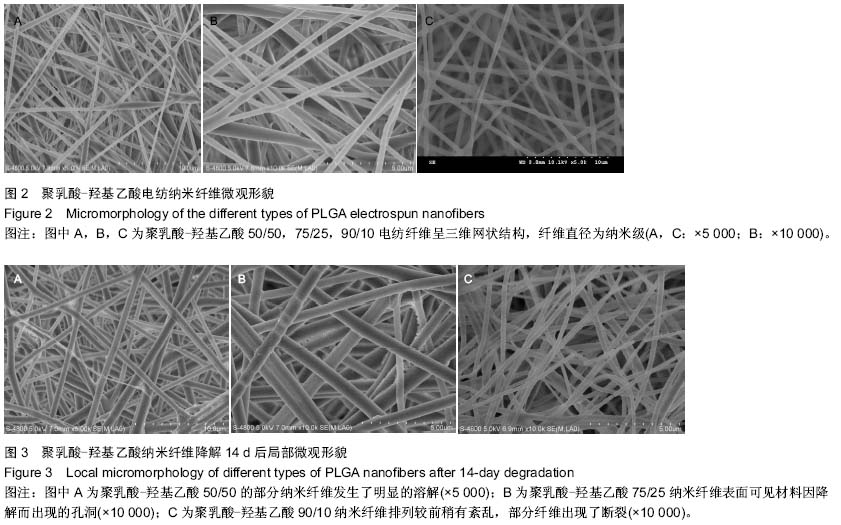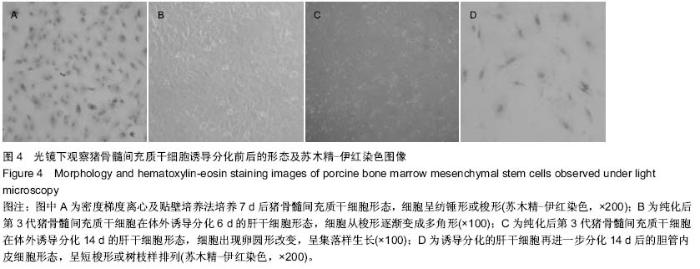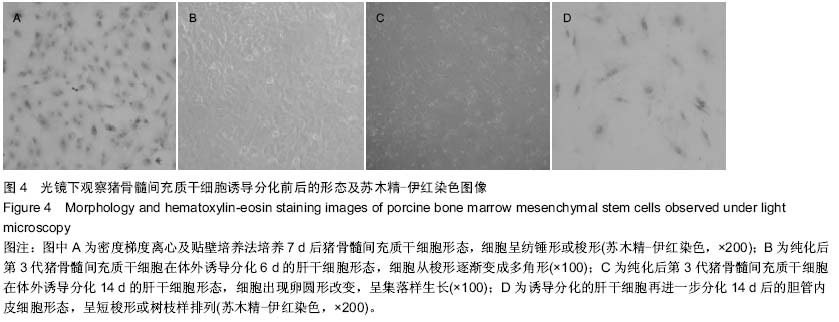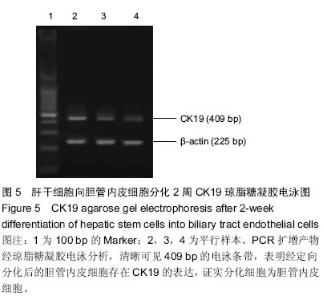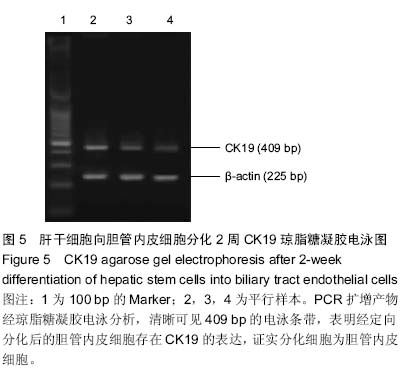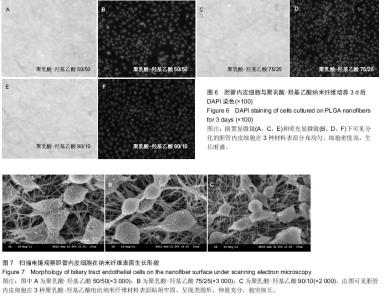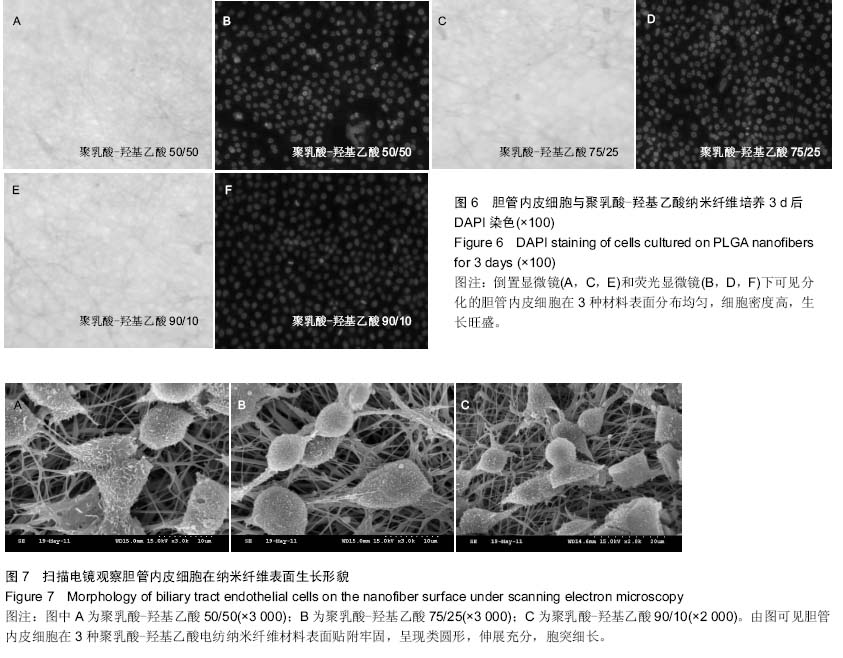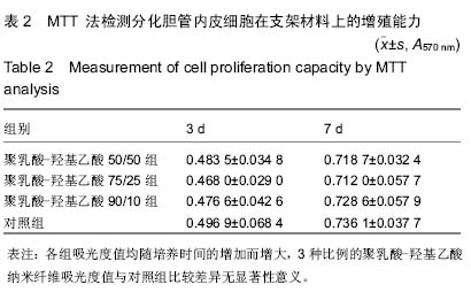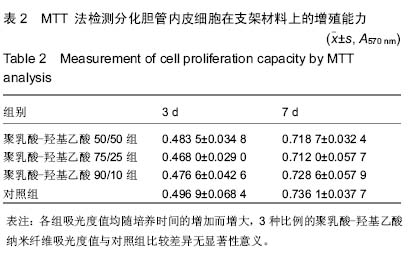| [1] Saad N, Darcy M. Iatrogenic bile duct injury during laparoscopic cholecystectomy. Tech Vasc Interv Radiol. 2008; 11(2):102-110.
[2] Cao Y, Croll TI, Lees JG, et al. Scaffolds, stem cells, and tissue engineering: A potent combination. Aust J Chem. 2005; 58(10):691-703.
[3] Lu P, Ding B. Applications of electrospun fibers. Recent Pat Nanotechnol. 2008;2(3):169-182.
[4] Park H, Lee JW, Park KE, et al. Stress response of fibroblasts adherent to the surface of plasma-treated poly(lactic-co- glycolic acid) nanofiber matrices. Colloids Surf B Biointerfaces.2010;77(1):90-95.
[5] Yucel D, Kose GT, Hasirci V. Polyester based nerve guidance conduit design. Biomaterials. 2010;31(7):1596-1603.
[6] Cantón I, Mckean R, Charnley M, et al. Development of an Ibuprofen-releasing biodegradable PLA/PGA electrospun scaffold for tissue regeneration. Biotechnol Bioeng. 2010; 105(2):396-408.
[7] Zhang HL, Liu JS, Yao ZW, et al. Biomimetic mineralization of electrospun poly (lactic-co-glycolic acid)/multi-walled carbon nanotubes composite scaffolds in vitro. Mater Lett. 2009; 63(27): 2313-2316.
[8] Liao S, Murugan R, Chan CK, et al. Processing nanoengineered scaffolds through electrospinning and mineralization suitable for biomimetic bone tissue engineering. J Mech Behav Biomed Mater. 2008;1(3):252-260.
[9] Jeong SI, Kim SY, Cho SK, et al. Tissue-engineered vascular grafts composed of marine collagen and PLGA fibers using pulsatile perfusion bioreactors. Biomaterials. 2007;28(6): 1115-1122.
[10] Zhou J, Zhao L, Qin L, et al. Epimorphin regulates bile duct formation via effects on mitosis orientation in rat liver epithelial stem-like cells. PLoS One. 2010;5(3):e9732.
[11] Nishikawa Y, Doi Y, Watanabe H, et al. Transdifferentiation of mature rat hepatocytes into bile duct-like cells in vitro. Am J Pathol. 2005;166(4):1077-1088.
[12] Bettschart V, Clayton RA, Parks RW, et al. Cholangiocarcinoma arising after biliary-enteric drainage procedures for benign disease. Gut. 2002 Jul;51(1):128-129.
[13] Tabata Y. Recent progress in tissue engineering.Drug Discov Today. 2001;6(9):483-487.
[14] Doucet C, Ernou I, Zhang Y, et al. Platelet lysates promote mesenchymal stem cell expansion: a safety substitute for animal serum in cell-based therapy applications. J Cell Physiol. 2005;205(2):228-236.
[15] Ringe J, Kaps C, Schmitt B, et al. Porcine mesenchymal stem cells. Induction of distinct mesenchymal cell lineages. Cell Tissue Res. 2002;307(3):321-327.
[16] Lodie TA, Blickarz CE, Devarakonda TJ, et al. Systematic analysis of reportedly distinct populations of multipotent bone marrow-derived stem cells reveals a lack of distinction. Tissue Eng. 2002;8(5):739-751.
[17] Turnbull IC, Hadri L, Rapti K, et al. Aortic implantation of mesenchymal stem cells after aneurysm injury in a porcine model. J Surg Res. 2011;170(1):e179-188.
[18] 高建军,马利林,朱建伟,等.壳聚糖-胶原复合载体对肝内胆管上皮细胞生长的影响[J]. 肝胆胰外科杂志,2006,18(3):150-153. |
